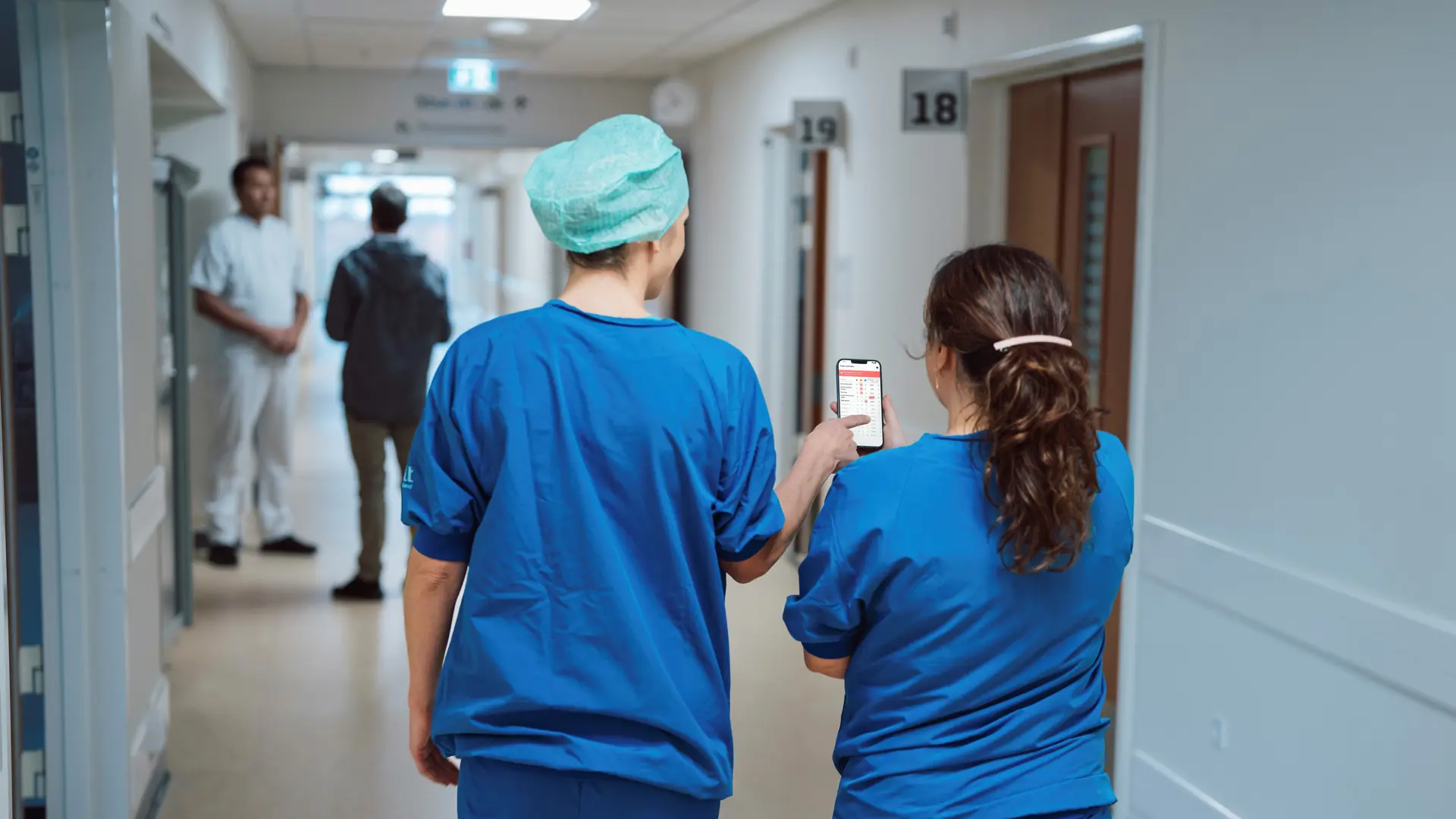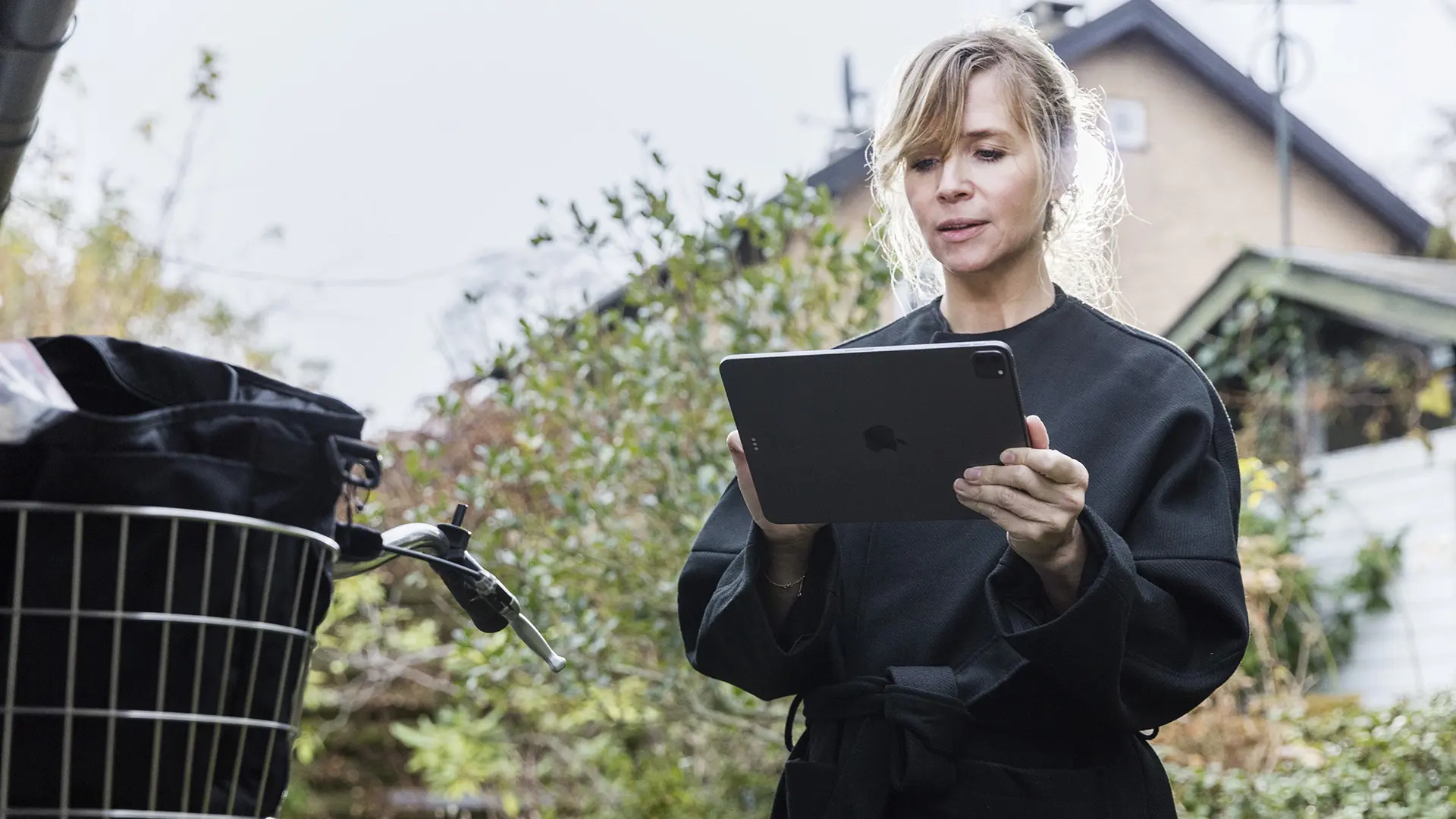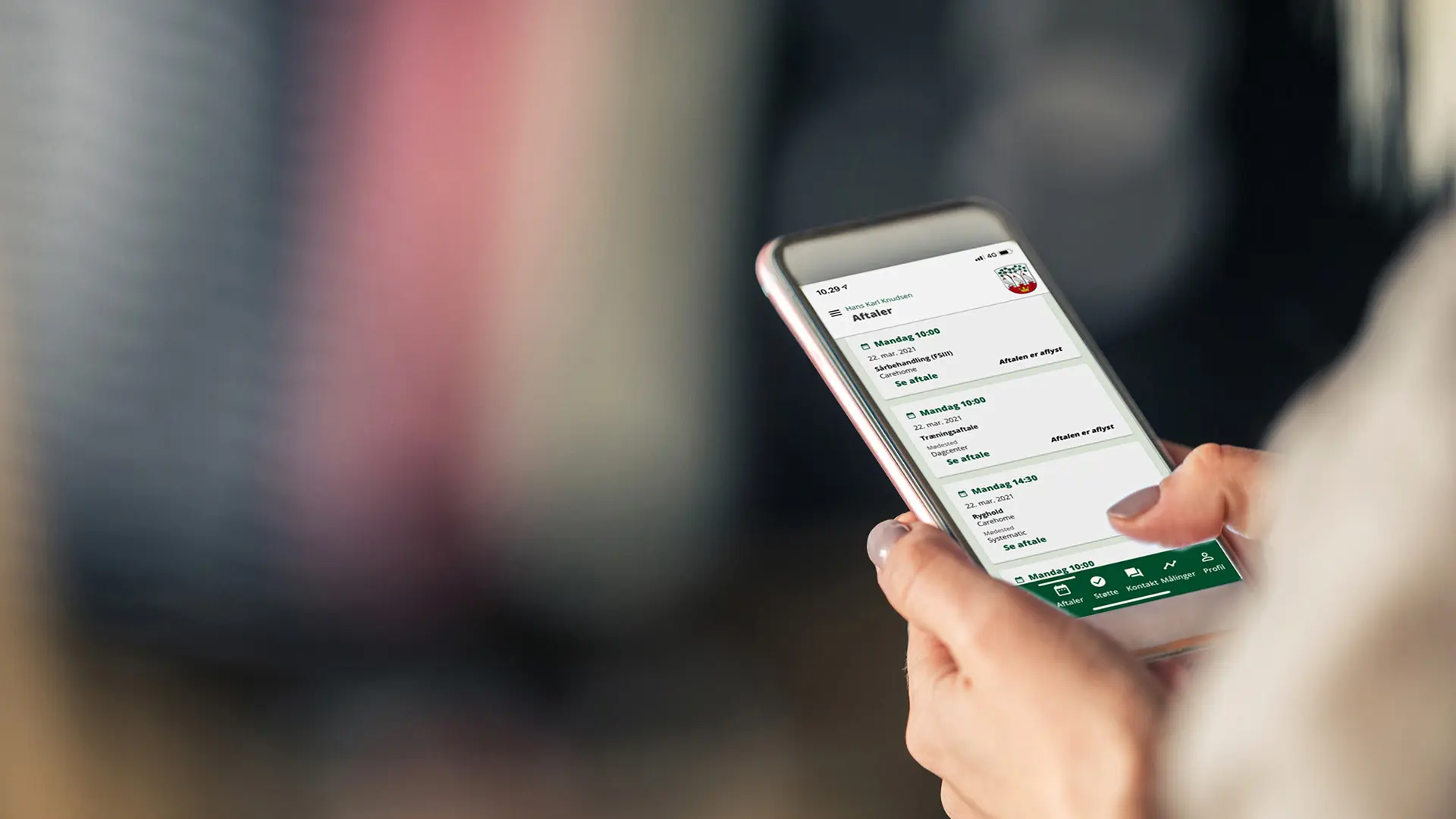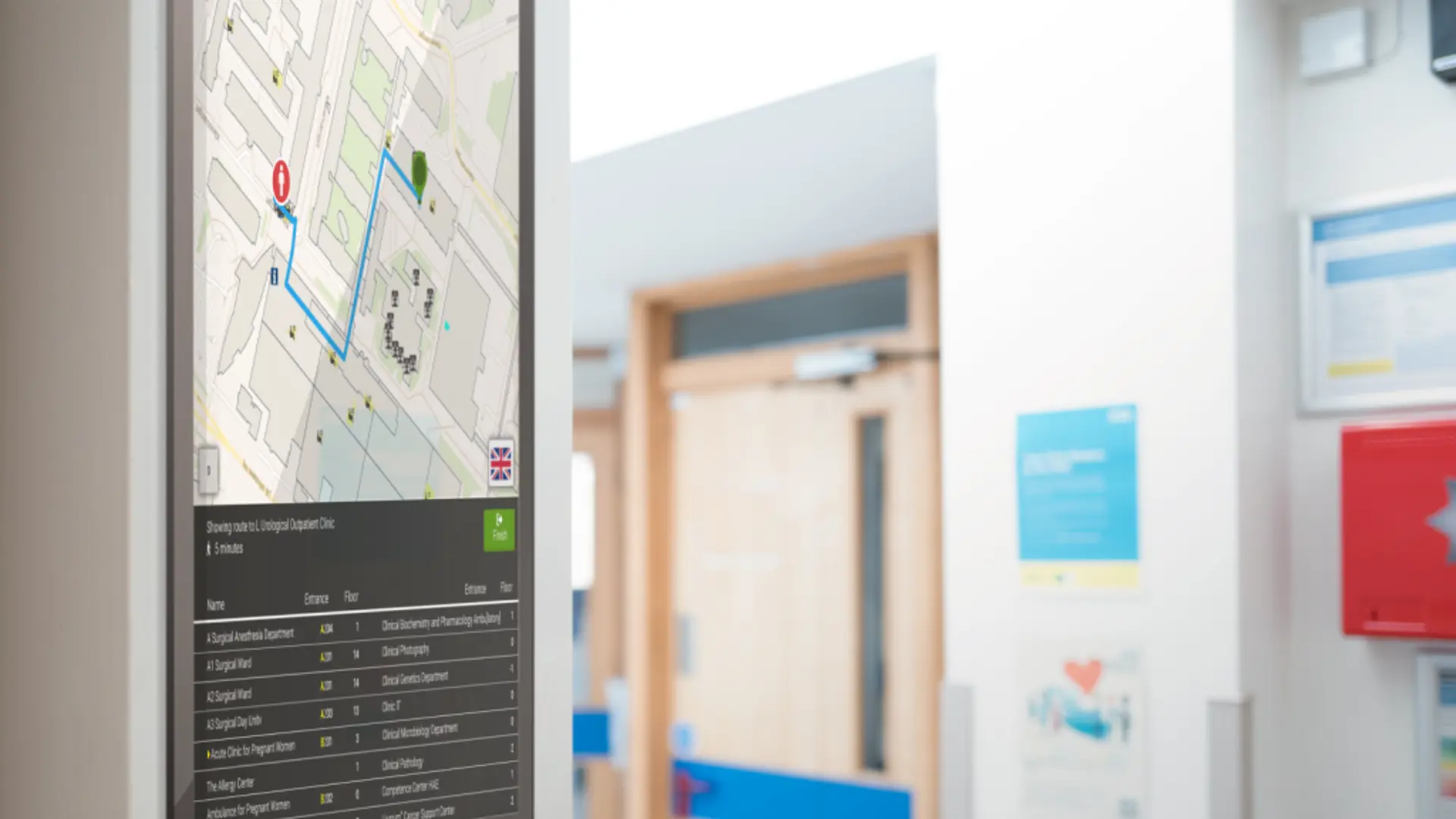
Flow domains
Columna Flow streamlines hospital workflows and ensures optimum patient care. The solution offers a range of task and communication tools that improve workflows for hospital staff across disciplines and departments.
The system is based on open APIs and supports standards such as GS1 EPCIS, HL7 FHIR and GeoJSON. This makes it possible to integrate a wide range of different systems, both nationally and internationally.
The foundation is a flexible IoT platform with RTLS infrastructure, making tracking and locating equipment and personnel easy. It helps staff optimise and plan resources and simplifies work routines and task-solving.
Help clinical personnel maintain situational awareness and enable them to communicate quickly and efficiently with each other. This is done using a FHIR-based repository of tasks and related resources such as patients, practitioners and more. The built-in on-duty directory enables users to discover and getting in direct contact with the right people, either synscronously via phone calls or asynchronously via the XMPP-based messaging system.
- Encounter (HL7 FHIR)
- Task (HL7 FHIR)
- Patient (HL7 FHIR)
- Practitioner (HL7 FHIR)
- Organization (HL7 FHIR)
- Clinical Tasking Management Interface (REST)
Configuration and management of equipment-type assets such as medicotechnical devices and equipment, hospital beds, and trolleys.
- Equipment Asset Data Management (REST)
Master data services for managing location data. It can be used for administrative and clinical purposes both regionally and locally. Other applications that need to know the location of e.g., entrances, meeting rooms, reception areas etc. will also be able to retrieve these data from the location service.
- Location Data Query (GeoJSON)
- Location Data Management (GeoJSON)
- Location Notifications (GeoJSON)
- Location (HL7 FHIR)
Enable clinicians and others to search for objects, e.g., medical devices, hospital beds, trolleys, other types of equipment, and even personell and patients.
- Lucene Query (REST)
Support for clinicians and others to create task requests and following up on the status of them. Additionally, patient details such as name, patient identifier, and current location, can be sent to the system through HL7 ADT-messages.
- Task Request (REST)
- HL7 OMG Messaging (HL7 v2.4)
- HL7 ADT Messaging (HL7 v2.4)
Central distribution service that receives track and trace information from the underlying RTLS infrastructure, enriches it, and distributes the information to relevant consumer systems. It requires RTLS infrastructures to process readings from readers and access points and make it available in a georeferenced format. The Capture Interface consists of multiple adapters and interfaces where different formats, protocols, and standards are used to receive the tracking information.
- EPCIS Capture Interface (EPCIS)
- REST Capture Interface (GeoJSON)
- Cisco DNA Spaces Firehose API
- Aruba Meridian Streaming API
- Wirepas MQTT API
- CenTrak API (REST)
- EPCIS Query Interface (EPCIS)
- EPCIS Subscription Interface (EPCIS)
- Object Asset Data Management
- Historical Tracking Information (OLAP)
Latest news
We are happy to share what we do. You can find our latest news here or browse through all of our healthcare news by clicking the button below.







